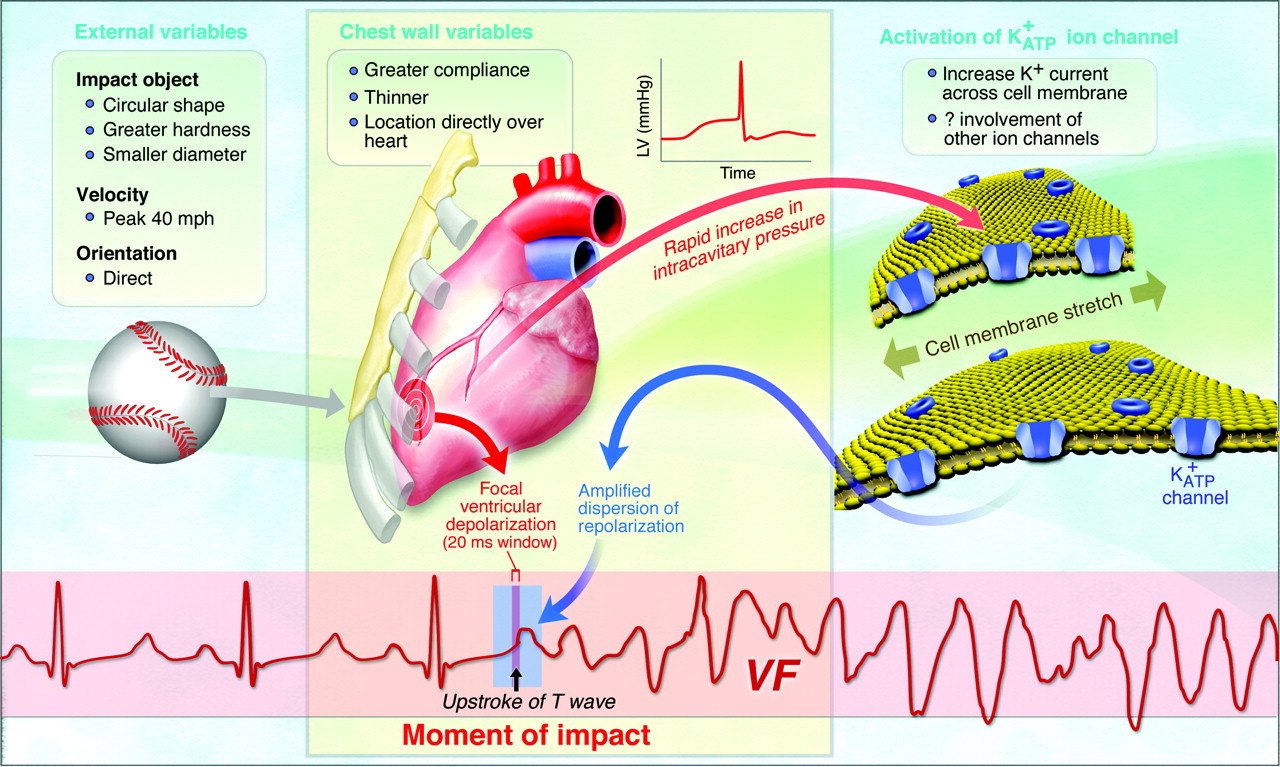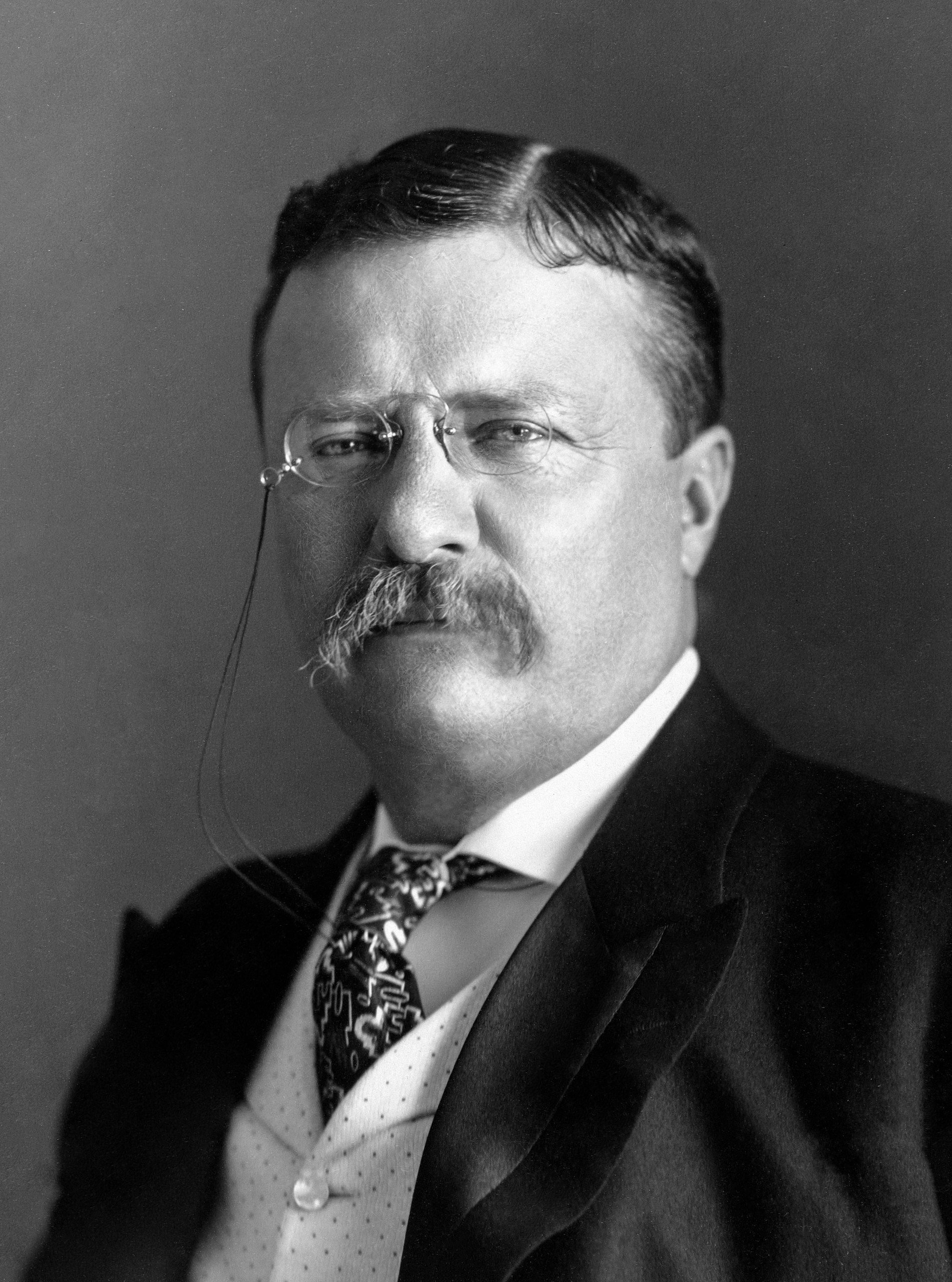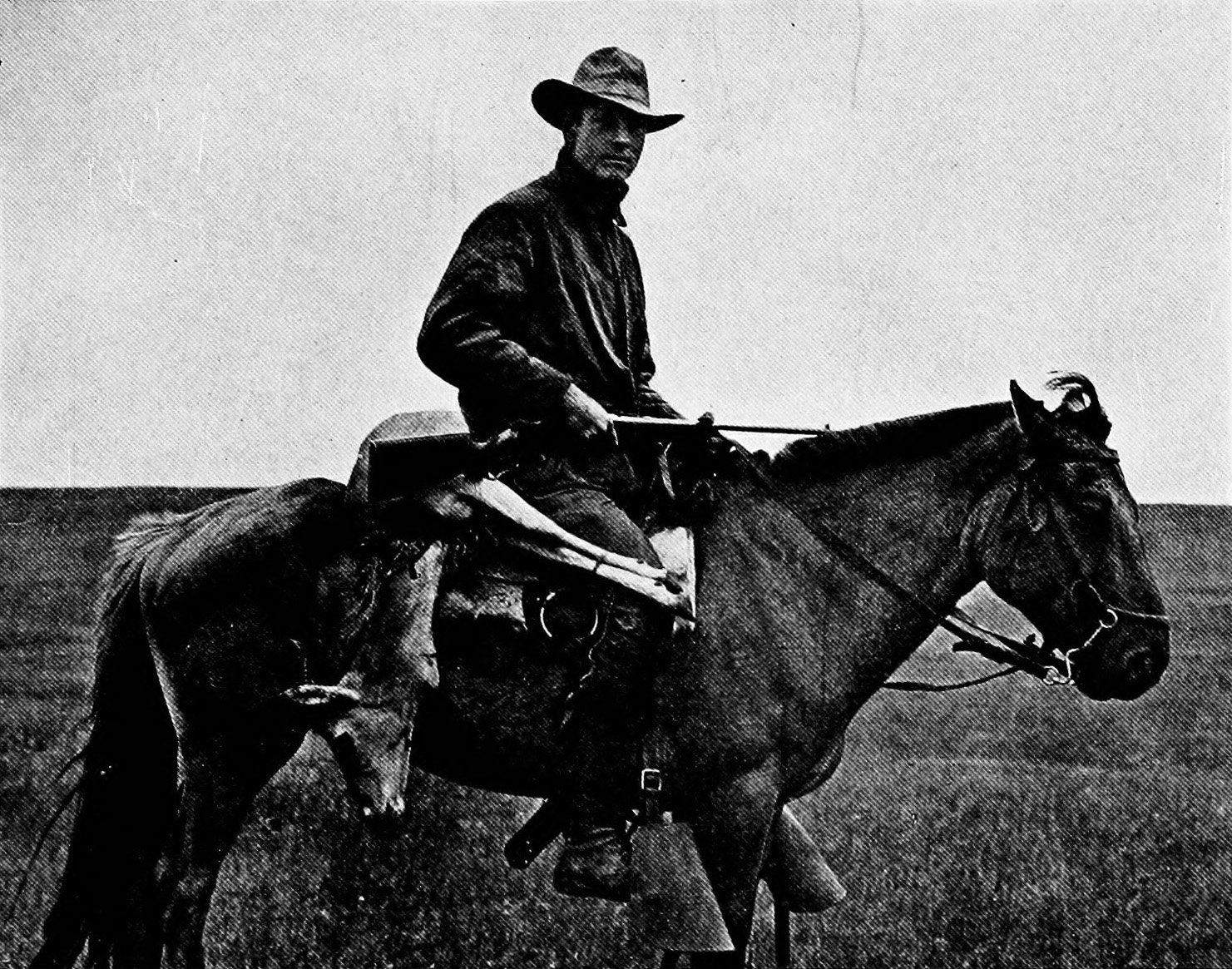2023 Expedition Medicine National Conference Agenda Posted!
The agenda for the 2023 Expedition Medicine National Conference is now posted!
We are pleased to include a number of interesting and diverse topics covering wilderness medicine, tropical medicine, travel medicine, snake envenomations, medical evacuations, and more.
Please refer to the agenda below for the full list of topics and speakers for our upcoming conference!
Friday, April 21st, 2023
8:00-9:00 am The Expedition Physician, Donner
9:00-10:00 am Malaria, Townes
10:00-10:15am Break
10:15-11:15 am Backcountry Medical Kits, Donner
11:15-12:15 pm Travel Vaccines, Freedman
12:15-1:30pm Lunch
1:30-2:30 pm North American Snake Envenomations, Bush
2:30-3:30 pm Viral Diseases in Travelers, Freedman
3:30-4:30 pm Geospatial Technology in Humanitarian & Disaster Response, Greenough
4:30-5:30 pm Disaster on Everest, Kamler
Saturday, April 22nd, 2023
8:00-9:00 am Backcountry Water Disinfection & Purification, Donner
9:00-10:00 am Schistosomiasis, Freedman
10:00-10:15am Break
10:15-11:15 am High-Altitude Medicine, Donner
11:15-12:15 pm International Snake Envenomations, Bush
12:15-1:30pm Lunch
1:30-2:30 pm Cruise Ship Medical Evacuation, Callahan
2:30-3:30 pm Fever in the Returned Traveler, Freedman
3:30-4:30 pm Spider Bites, Bush
4:30-5:30 pm Wilderness EMS, Hawkins
Damar Hamlin & Commotio Cordis
Heart-breaking video last night of Buffalo Bills player Damar Hamlin collapsing on the football field, receiving cpr, then being taken to the hospital by ambulance.
No one knows for certain what caused the collapse, but many medical professionals are suspecting a condition called commotio cordis.
The American Heart Association introduced commotio cordis in a recent journal article as,
“Commotio cordis is a phenomenon in which a sudden blunt impact to the chest causes sudden death in the absence of cardiac damage. This condition was first described in the middle of the 18th century in the context of chest trauma among workers. Through most of the 20th century, it was only sporadically reported. In the last 2 or 3 decades, commotio cordis events have primarily occurred in sports, and thus, this phenomenon has become more well known to the sports communities and physicians. Commotio cordis is to be differentiated from cardiac contusion (contusio cordis), a situation in which blunt chest trauma causes structural cardiac damage, such as observed in motor vehicular accidents.”
Prayers for Damar Hamlin and his family. For more information on commotio cordis , please see the following link: https://www.ahajournals.org/doi/full/10.1161/circep.111.962712#d1e141
Classic Expedition Gear: The History of the Rolex Submariner
The Rolex Submariner is a dive watch that was introduced by Rolex in 1953. It is considered one of the most iconic and recognizable watches in the world, and has been worn by a wide range of people, from deep sea divers to movie stars.
The Submariner was developed in response to the needs of professional divers, who required a reliable and accurate timepiece that could withstand the rigors of underwater use. The watch was designed to be water-resistant to a depth of 100 meters (330 feet), and featured a unidirectional bezel that could be used to track elapsed time while diving.
One of the key features of the Submariner is its Oyster case, which is made of stainless steel and features a screw-down crown that helps to ensure a high level of water resistance. The watch also has a self-winding movement, which means that it is powered by the movement of the wearer's wrist.
Over the years, the Submariner has undergone a number of updates and improvements. In the 1960s, Rolex introduced the Submariner Date, which added a date window to the watch's dial. In the 1980s, the company released the Submariner with a sapphire crystal, which is more scratch-resistant than traditional mineral crystal.
Today, the Submariner is considered one of the most prestigious and sought-after watches in the world. It is available in a range of sizes and materials, including gold and platinum, and is often worn as a symbol of success and sophistication. Despite its high price point, the Submariner continues to be a popular choice among collectors and watch enthusiasts alike.
The Explorers Club
The Explorers Club is an international organization that was founded in New York City in 1904. The club was established to promote the scientific study of exploration and to encourage the sharing of knowledge and resources among explorers.
The club's founders were a group of scientists, adventurers, and explorers who were interested in advancing the field of exploration and increasing public understanding of the natural world. Among the club's early members were famous explorers such as Robert Peary, who was the first person to reach the North Pole, and Richard Byrd, who was the first person to fly over the South Pole.
Over the years, the Explorers Club has grown to include a diverse and international membership of scientists, adventurers, and exploration enthusiasts. The club sponsors expeditions and research projects, organizes lectures and events, and provides funding and resources for exploration projects.
In addition to its work in exploration, the Explorers Club is also committed to conservation and the protection of the natural world. The club has a long history of supporting efforts to preserve the environment and promote sustainable development.
Today, the Explorers Club is an important and influential organization in the field of exploration and is dedicated to advancing the scientific study of the natural world and promoting a greater understanding of the earth's diverse and fascinating environments.
ExpedMed Spotlight: Jim Corbett
Jim Corbett was a British hunter and conservationist who is best known for his work in India, where he played a crucial role in the conservation of the Bengal tiger and other wildlife species.
Corbett was born in India in 1875, and grew up in the Kumaon region of the Himalayan Mountains. From an early age, he developed a love for the outdoors and a deep appreciation for the natural world. He began hunting as a means of providing for his family, but quickly became concerned about the impact that hunting was having on the local wildlife populations.
In the early 20th century, Corbett became involved in efforts to protect the Bengal tiger, which was facing significant threats due to poaching and habitat loss. He worked closely with the Indian government and local communities to establish the first national park in India, the Hailey National Park, which was later renamed the Jim Corbett National Park in his honor.
In addition to his work in conservation, Corbett was also a skilled writer and author. He wrote several books about his experiences in the Indian wilderness, including "The Man-Eaters of Kumaon" and "Jungle Lore," which have become classic works of nature writing.
Throughout his life, Corbett dedicated himself to the conservation of India's wildlife and the protection of the country's natural resources. His legacy lives on in the many protected areas that he helped establish and in the enduring appreciation for the natural world that he helped to cultivate.
Legend of the Yeti
The legend of the yeti, also known as the "abominable snowman," is a mythical creature that is said to inhabit the Himalayan mountain range in Asia. The legend of the yeti has a long and storied history, dating back to ancient times.
The first recorded mention of the yeti is found in Tibetan and Nepalese folklore, where the creature is known as the "mirka." The mirka is described as a large, ape-like creature with long, shaggy fur and a strong, musky odor. It is said to inhabit the high, snowy mountains and to be highly elusive, rarely seen by humans.
The legend of the yeti gained widespread attention in the Western world in the 1920s, when British mountaineer N.A. Tombazi claimed to have seen a creature that matched the description of the mirka while on an expedition in the Himalayas. Tombazi's account sparked a wave of interest in the yeti, and several expeditions were organized in the following decades to search for the creature.
Despite numerous attempts to find evidence of the yeti's existence, no conclusive proof has ever been found. Many scientists believe that the legend of the yeti is likely based on misidentifications of known animals, such as bears or primates. Others argue that the yeti could be a species of unknown ape-like creature that has yet to be discovered.
What is/are Chilblains?
Chilblains, also known as pernio or acrocyanosis, are small, itchy, and painful lesions that can occur on the skin when it is exposed to cold temperatures, especially after it has been warmed. They are most commonly found on the toes, fingers, heels, and ears, and can cause redness, swelling, and blistering.
Chilblains occur when the small blood vessels in the skin constrict in response to cold temperatures. When the skin is warmed, the blood vessels expand, leading to an increased blood flow to the affected area. This can cause inflammation and damage to the small blood vessels and surrounding tissue, resulting in chilblains.
Chilblains are more common in people who have poor circulation, including those with underlying medical conditions such as diabetes, lupus, and scleroderma. They are also more common in people who have poor nutrition or are underweight.
Treatment for chilblains involves keeping the affected area warm and dry, and avoiding further exposure to cold temperatures. Topical creams and ointments, such as corticosteroids, can be used to reduce inflammation and itching. In severe cases, oral medications, such as nonsteroidal anti-inflammatory drugs (NSAIDs), may be necessary.
Overall, chilblains are a common and often painful condition that can occur when the skin is exposed to cold temperatures. It is important for individuals to take steps to protect themselves from cold exposure and to seek treatment if chilblains develop.
Introduction to Frostbite
The following is not medical advice. Please consult your personal physician for medical concerns.
Frostbite is a medical condition that occurs when the skin and underlying tissues freeze due to exposure to cold temperatures. It most commonly affects the extremities, such as the fingers, toes, nose, and ears, but it can also occur on other areas of the body, such as the face, cheeks, and chin.
The risk of frostbite increases in extremely cold temperatures, but it can also occur in temperatures above freezing if the air is wet and windy. Factors that increase the risk of frostbite include poor circulation, poor nutrition, and certain medical conditions, such as diabetes and peripheral arterial disease. Alcohol and tobacco use can also increase the risk of frostbite.
The symptoms of frostbite vary depending on the severity of the condition, but may include numbness, a tingling sensation, and a feeling of warmth in the affected area. As the condition progresses, the skin may turn red or purple and may feel hard or waxy. Blisters may also develop.
Treatment for frostbite involves rewarming the affected area slowly and gradually, using water that is between 104°F and 108°F (40°C and 42°C). It is important to avoid overheating the affected area, as this can cause tissue damage. Pain medication may be necessary to manage the discomfort associated with rewarming. After rewarming, the affected area should be kept elevated to help reduce swelling.
Introduction to Hypothermia
Hypothermia is a medical condition that occurs when the body's core temperature drops significantly below normal. Normal body temperature is around 98.6°F (37°C), but hypothermia is defined as a body temperature of less than 95°F (35°C).
Hypothermia can occur in any environment, but it is most commonly seen in cold weather. It can also occur in individuals who are submerged in cold water or who are exposed to cold air for extended periods of time. Some medications, such as sedatives and certain types of antidepressants, can also increase the risk of hypothermia.
The symptoms of hypothermia vary depending on the severity of the condition, but may include shivering, numbness, slurred speech, lethargy, and confusion. If left untreated, hypothermia can lead to serious complications, such as frostbite, hypoglycemia, and cardiac arrhythmias. In severe cases, hypothermia can be fatal.
Treatment for hypothermia involves warming the body slowly and gradually. This may involve moving the individual to a warm environment, removing wet clothing, and providing warm, non-alcoholic beverages. In severe cases, medical intervention may be necessary, such as the use of warm intravenous fluids or mechanical ventilation.
Hypothermia & Alcohol
Alcohol is a central nervous system depressant that can have a number of negative effects on the body, including impairing judgment, coordination, and balance. It can also increase the risk of hypothermia, a condition in which the body's core temperature drops significantly below normal.
When a person consumes alcohol, their blood vessels dilate, causing a feeling of warmth. However, this is an illusion, as alcohol actually decreases the body's ability to regulate its temperature. As a result, an individual who is consuming alcohol may be more likely to remain in a cold environment for longer periods of time and may be less likely to notice the early signs of hypothermia, such as shivering and numbness.
In addition to increasing the risk of hypothermia, alcohol can also make it more difficult for the body to recover from hypothermia. Alcohol can impair the body's natural thermoregulatory mechanisms, making it harder for the body to warm itself up. This can lead to a worsening of the condition and potentially serious complications.
Overall, alcohol can significantly increase the risk of hypothermia and make it more difficult for the body to recover from the condition. It is important for individuals who are in cold environments to be aware of this risk and to limit their alcohol intake in order to reduce the likelihood of developing hypothermia.
Paradoxical Undressing in Hypothermia
Paradoxical undressing is a phenomenon that can occur in people who are experiencing severe hypothermia, a condition in which the body's core temperature drops significantly below normal. Paradoxical undressing occurs when an individual begins to remove their clothing despite the fact that they are in an environment that is much colder than their body temperature.
The exact cause of paradoxical undressing in hypothermia is not fully understood, but it is thought to be due to a combination of physiological and psychological factors. On a physiological level, hypothermia can cause confusion, disorientation, and impaired judgment, leading an individual to make irrational decisions, such as taking off their clothes. Additionally, hypothermia can cause a release of catecholamines, which can cause vasoconstriction and a feeling of warmth, leading an individual to believe they are too hot and in need of removing their clothing.
Paradoxical undressing can be a serious issue in hypothermia, as removing clothing can further decrease the body's core temperature and worsen the condition. It is important for individuals who are with someone experiencing hypothermia to be aware of this phenomenon and to intervene if necessary. This may involve ensuring that the individual is adequately clothed and protected from the cold environment.
Introduction to High Altitude Pulmonary Edema (HAPE)
High altitude pulmonary edema (HAPE) is a serious and potentially life-threatening condition that can occur at high altitudes, usually above 2,500 meters (8,202 feet). It is characterized by fluid accumulation in the lungs, leading to difficulty breathing and a decreased ability to oxygenate the blood.
HAPE is thought to be caused by the reduced air pressure and low oxygen levels at high altitudes, which can cause the blood vessels in the lungs to constrict and impair blood flow. This leads to an increase in pressure in the pulmonary arteries, causing fluid to leak out of the blood vessels and into the air spaces of the lungs.
Symptoms of HAPE include shortness of breath, coughing up blood or frothy sputum, rapid breathing, chest pain, and fatigue. The condition can progress rapidly, and if left untreated, it can lead to respiratory failure and death.
HAPE can be prevented by ascending to high altitudes slowly and allowing the body time to acclimatize. It is also important to stay well-hydrated and avoid overexertion. If HAPE is suspected, it is crucial to descend to a lower altitude immediately and seek medical attention.
Treatment for HAPE may include supplemental oxygen, medications to improve blood flow in the lungs and reduce fluid accumulation, and descent to a lower altitude. In severe cases, mechanical ventilation may be necessary.
Overall, HAPE is a serious condition that can be life-threatening if not treated promptly. It is important for individuals who are planning to travel to high altitudes to be aware of the risks and to take precautions to prevent the development of this condition.
ExpedMed Spotlight: President Theodore Roosevelt
Theodore Roosevelt, the 26th President of the United States, was a passionate advocate for conservation and the preservation of natural resources. During his presidency from 1901 to 1909, Roosevelt implemented a number of policies and initiatives to protect the environment and ensure the sustainable use of natural resources.
One of Roosevelt's most notable conservation efforts was the creation of the U.S. Forest Service, which was responsible for the management and protection of federal forest lands. Roosevelt also established 150 national forests, 51 federal bird reservations, 4 national game preserves, and 5 national parks, including the iconic Yellowstone National Park.
In addition to protecting land, Roosevelt also worked to preserve the nation's water resources. He signed the Reclamation Act, which provided funding for the construction of dams and irrigation systems in the western United States. This helped to bring water to dry regions, allowing for the development of agriculture and industry in these areas.
Roosevelt also recognized the importance of preserving wildlife and worked to protect various species through the creation of national parks and game reserves. He signed the Antiquities Act, which allowed the President to designate national monuments and protect areas of cultural and historical significance. This act was used to protect sites such as the Grand Canyon and the Petrified Forest.
Roosevelt's efforts to conserve natural resources and protect the environment had a lasting impact on the United States. His actions set a precedent for future presidents and laid the foundation for the modern conservation movement. Today, his legacy lives on in the many protected lands and natural resources that are enjoyed by people all over the country.
ExpedMed Spotlight: U.S. General William Crawford Gorgas
U.S. General William Crawford Gorgas was a prominent military officer and physician who made significant contributions to public health and medicine in the late 19th and early 20th centuries.
Gorgas was born in Alabama in 1854 and graduated from the University of the South with a degree in engineering. He later attended the University of Pennsylvania School of Medicine, where he received his medical degree in 1880.
After completing his medical training, Gorgas joined the U.S. Army Medical Corps and was assigned to various posts around the world. He served in a number of capacities, including as the chief sanitary officer for the Department of the Gulf and as the chief surgeon for the Department of Texas.
Gorgas is best known for his work in controlling and preventing the spread of infectious diseases, particularly yellow fever and malaria. He led a number of successful campaigns to eradicate these diseases in various parts of the world, including Cuba, the Panama Canal Zone, and the Philippines.
Gorgas's work had a profound impact on public health and medicine, and he is credited with saving countless lives through his efforts to control the spread of infectious diseases. He was recognized for his contributions to the field with numerous awards and honors, including the Nobel Prize in Physiology or Medicine in 1929.
Malaria in History
Malaria is a disease caused by parasites that are transmitted to humans through the bites of infected mosquitoes. It is a significant public health problem that has affected people for centuries and has had a significant impact on history.
One of the earliest recorded instances of malaria is in the writings of ancient Greek and Roman physicians, who described a disease that was characterized by fever, chills, and sweating. The disease was likely present in many parts of the world at this time, but it was especially prevalent in tropical and subtropical regions.
Throughout history, malaria has had a major impact on human populations and has been a major contributor to morbidity and mortality in many parts of the world. In ancient times, it was one of the leading causes of death in many parts of the world, and it continues to be a major public health problem today, particularly in sub-Saharan Africa.
Malaria has also had a significant impact on human history and has played a role in shaping the course of events in many different ways. For example, it is believed that the disease may have contributed to the decline of the Roman Empire, as many soldiers and civilians were likely weakened by the disease, making them more susceptible to other illnesses and more vulnerable in battle.
In more recent history, malaria has also had a significant impact on the development of many countries. In some cases, it has slowed economic development and hindered the growth of trade and industry. In other cases, it has led to the development of new technologies and treatments, as people have sought ways to combat the disease and protect themselves from infection.
Overall, malaria has had a significant impact on human history and continues to be a major public health problem today. It is a complex disease that requires ongoing research and intervention to address, and it will likely continue to have a significant impact on the course of human history in the future.
ExpedMed Spotlight: Roy Chapman Andrews
Roy Chapman Andrews was a prominent American explorer and naturalist in the early 20th century. Born in Beloit, Wisconsin in 1884, Andrews developed a love for natural history at an early age, spending much of his childhood exploring the woods and fields around his hometown.
After completing his undergraduate degree at Beloit College, Andrews went on to earn a master's degree in vertebrate paleontology from Columbia University. He then joined the American Museum of Natural History in New York City, where he worked as a field collector and eventually became head of the Department of Vertebrate Paleontology.
Andrews is best known for his expeditions to the Gobi Desert in Mongolia in the 1920s, where he led a team of scientists on several expeditions to uncover the fossil remains of ancient animals and plants. During these expeditions, Andrews and his team made a number of important discoveries, including the first known specimen of the extinct species Protoceratops andrewsi, a small, horned dinosaur.
In addition to his work in paleontology, Andrews was also an avid naturalist and conservationist. He wrote several books about his expeditions and his work in natural history, and he was a vocal advocate for the protection of endangered species and the preservation of natural habitats.
Despite his many accomplishments, Andrews remains a controversial figure in the history of science. Some have criticized his methods and his tendency to sensationalize his discoveries, while others have praised his contributions to the field of paleontology and his efforts to promote the study of natural history.
Overall, Roy Chapman Andrews was a pioneering explorer and naturalist who made significant contributions to the fields of paleontology and natural history. His expeditions to the Gobi Desert and his efforts to promote conservation and understanding of the natural world continue to be remembered and celebrated today.
ExpedMed Spotlight: Sir Edmund Hillary
Edmund Hillary was a New Zealand mountaineer and explorer who, along with Tenzing Norgay, a Sherpa of Nepal, became the first climbers confirmed to have reached the summit of Mount Everest. Hillary and Norgay achieved this feat on May 29, 1953, as part of the ninth British expedition to Everest.
Prior to their successful ascent of Everest, Hillary had already gained a reputation as a skilled mountaineer. He had participated in several expeditions to the Himalayas, including an unsuccessful attempt to summit Everest in 1952. However, it was his determination and perseverance that ultimately led to his success on the mountain.
On the day of their summit, Hillary and Norgay set out from their camp at 27,900 feet (8,500 meters) in the early morning hours. They encountered several challenges along the way, including steep ice walls and deep snow. However, they persevered and eventually reached the summit at 11:30 am local time.
Upon reaching the summit, Hillary and Norgay took photos and planted flags to mark their achievement. They also left offerings of food and gifts for the gods, according to the Sherpa tradition. After spending about 15 minutes on the summit, the pair began their descent, arriving back at their camp at 6:30 pm.
Hillary's successful ascent of Everest made him a national hero in New Zealand and a celebrity around the world. He received numerous awards and honors for his achievement, including the Queen's Coronation Medal and the Order of the Garter.
In addition to his mountaineering achievements, Hillary also dedicated much of his life to humanitarian causes. He established the Himalayan Trust to provide aid to the Sherpa people of Nepal, and he also worked on various conservation projects in the region.
In conclusion, Edmund Hillary's successful ascent of Mount Everest was a historic achievement that cemented his reputation as one of the greatest mountaineers of all time. His determination and perseverance on the mountain, as well as his dedication to humanitarian causes, continue to inspire people around the world.
Intro to Diamox Use at High Altitude
The following should not be interpreted as medical advice. Please discuss any medical treatments with your personal physician.
Diamox, also known as acetazolamide, is a medication that is used to prevent and treat high altitude sickness. High altitude sickness, also known as acute mountain sickness (AMS), is a condition that can occur when people ascend to high altitudes too quickly. Symptoms of AMS include headache, nausea, shortness of breath, and fatigue.
At high altitudes, the air is thin and contains less oxygen. This can be problematic for people who are not acclimated to high altitudes because their bodies are not able to get enough oxygen from the air. As a result, they may experience symptoms of AMS.
Diamox is a medication that can help prevent and treat AMS by increasing the amount of oxygen that is available to the body. It does this by causing the kidneys to excrete more bicarbonate, which in turn causes the blood to become more acidic. This acidity stimulates the respiratory center in the brain, leading to an increase in breathing rate and an increase in the amount of oxygen that is taken in by the body.
In addition to its use in preventing and treating AMS, diamox— in conjunction with other therapies— has also been found to be effective in preventing and treating other altitude-related conditions such as high altitude cerebral edema (HACE) and high altitude pulmonary edema (HAPE). HACE and HAPE are more severe forms of AMS and can be life-threatening if left untreated.
Diamox is typically taken in tablet form and is typically taken once or twice a day, depending on the individual and the severity of their symptoms. It is important to note that diamox is not a substitute for acclimatization, and people who are planning to travel to high altitudes should still take the time to allow their bodies to adjust to the thin air.
In conclusion, diamox is a useful medication for preventing and treating high altitude sickness. It works by increasing the amount of oxygen available to the body, which can help alleviate symptoms of AMS and other altitude-related conditions. However, it is not a substitute for acclimatization and should be used in conjunction with proper ascent rates and other preventative measures.
Faculty Addition to 2023 Expedition Medicine National Conference: Dr. Seth Hawkins:
At ExpedMed, we are committed to bringing together the best faculty in the world to teach wilderness and expedition medicine.
Our 2023 event that will be held in Little Rock, Arkansas, from April 21-22, 2023, is already shaping up to be one of our best events on record.
In addition to our previously mentioned faculty, we are happy to announce the addition of Dr. Seth Hawkins to our faculty list.
Dr. Hawkins is an Emergency Medicine physician with extensive experience teaching wilderness medicine and leading EMS crews into remote and austere regions. He is the chief editor of the text Wilderness EMS and the founder of the Carolina Wilderness EMS Externship. Dr. Hawkins has won numerous awards as an instructor and researcher, and currently serves as an Associate Professor of Emergency Medicine at Wake Forest University. For Dr. Hawkins’ full bio, please see here.
Please join us in April at the Expedition Medicine National Conference!











